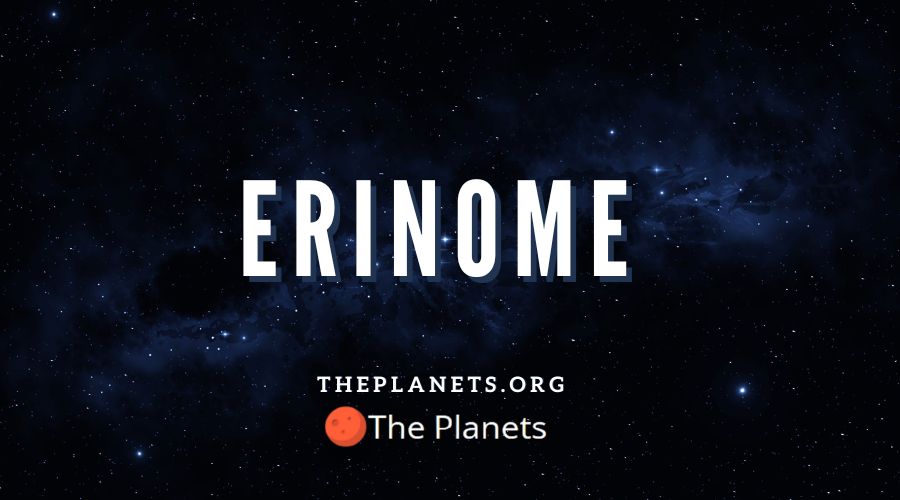
The Discovery of Erinome
The moon Erinome was discovered on the November 23, 2000 by astronomers Scott S. Sheppard, David C. Jewitt, Yanga R. Fernandez and Eugene Magnier.
The Origins Of Erinome
Erinome was likely created when a D-type asteroid broke into multiple pieces, some of which were pulled in to Jupiter’s orbit. Many of these asteroids began as part of the Hilda family of asteroids, or from the Jupiter Trojan asteroids. Many of Jupiter’s outer moons were created in this manner, and, as they lacked the mass to formulate into a sphere, most of them are irregular in shape as well as in their rotational paths.
Type D asteroids are compiled of mainly rocks and minerals. Some asteroids of this type may also contain water or ice.
How Erinome Got Its Name
Originally called Jupiter XXV or S/2000 J4, Erinome got her female name from Roman mythology. In mythology, Erinome is the virgin daughter of Celes who, compelled to do so by Venus, falls in love with Jupiter. The story says that Venus throws a fog at Erinome, and, as a result, she becomes a lover to Adonis. The goddess Diana is upset by this and turns Erinome into a peacock.
As with the other outer moons of Jupiter with retrograde orbits, a name ending in E was chosen by International Astronomical Union.
Characteristics Of Erinome
Erinome, as with the other outer moons, has a retrograde orbit. This means that the moon has an orbital path that moves in the opposite direction to the parent planet. These moons also have eccentric orbits, or orbits that are elliptical in shape rather than circular. In comparison to Jupiter’s equatorial plane, Erinome also has a highly inclined orbital path.
As with most of the other moons in the Carme group, Erinome is light red in color and has an irregular shape. The red coloring also supports the theory that the outer moons of Jupiter originated from a single asteroid, as many asteroids are made from reddish rock. Most of Jupiter’s outer moons have irregular shapes, rather than being spherical, because they lack the mass to pull themselves into a more uniform sphere.
Statistics On Erinome
This little moon has a mean radius of around one mile, or 1.6 kilometers, and a surface area of 32.17 kilometers. Erinome is situated at a distance of approximately 14.4 million miles from her parent planet, or around 23.2 million kilometers. At such a great distance from Jupiter, it takes Erinome 728 days to complete a full orbit of her parent planet.